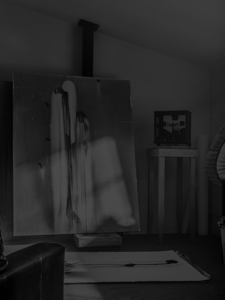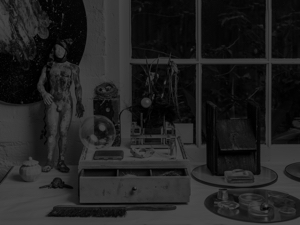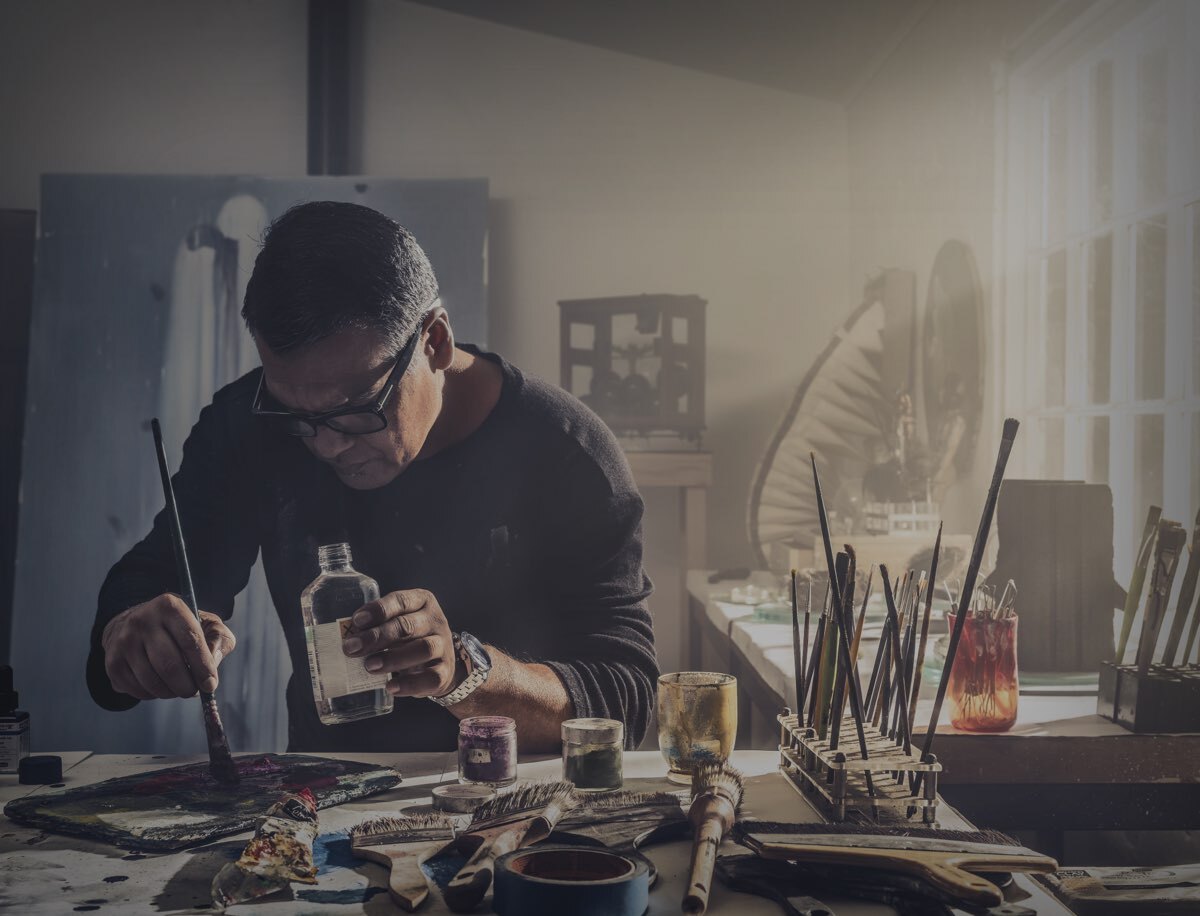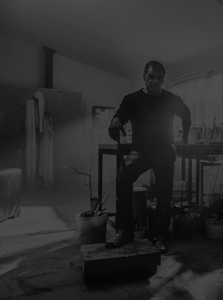
Cruz
Jimenez




Education
Bachelor of Fine Arts, Art Institute of Southern California, USA
Awards
Board of Trustees Scholarship of Merit, Art Institute of Southern California, USA (1993); The AICAD/New York Studio Residency Programme, Yale University, New York; Parsons School of Design, New York; The New School for Social Research, New York (1993-95)
Collections
Irvine Fine Art Centre, CA, USA; The James Wallace Arts Trust
Public Exhibitions
Wallace Gallery, Morrinsville (2015), Mixed Metaphors, Corban Estate Arts Centre, Auckland (2007); Scope Art Fair, New York (2003)
Selected Bibliography
‘Life Stories’ by Alice Lines, Homestyle New Zealand, Jun/Jul 2017, pp 56-59; ‘Inside Story’ by Alan Perrott, Urbis, No. 96: The Luxury Issue, Feb/Mar 2017, pp 47-51; ‘Memory Serves: Remembering in Cruz Jimenez’s Viaje’ by Amy Stewart, Art New Zealand, No. 159, Spring 2016, pp 84-87; ‘Threads of rich emotion’ by Terry McNamara, The New Zealand Herald, Sep 2014; ‘Friedl pulls the strings’ by Terry McNamara, The New Zealand Herald, Mar 2014; Stewart, Amy, Cruz Jimenez: Bubble Boy, Auckland: Sanderson Contemporary, 2013; ‘Industrial Revolution’ by Lee Ann Yare, Homestyle New Zealand, Issue 54, Jun/Jul 2013, pp 31-38; ‘Experiment with light lets energy shine through’ by Terry McNamara, The New Zealand Herald, Apr 2011
Essay
The Sky We Remember - 53 Miles West of Venus
Cruz Jimenez: Across the Sea of Memory

